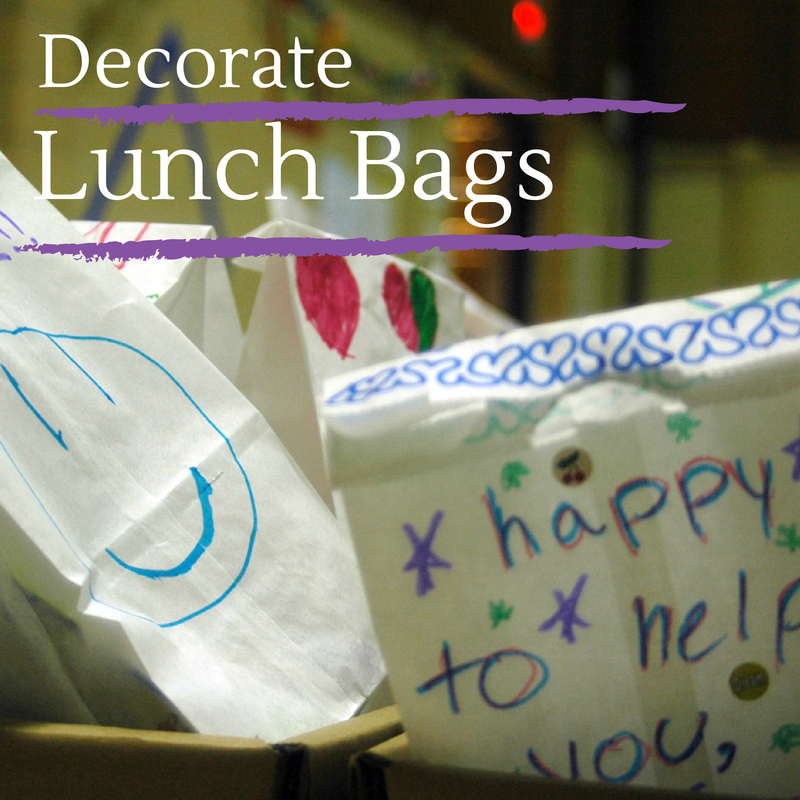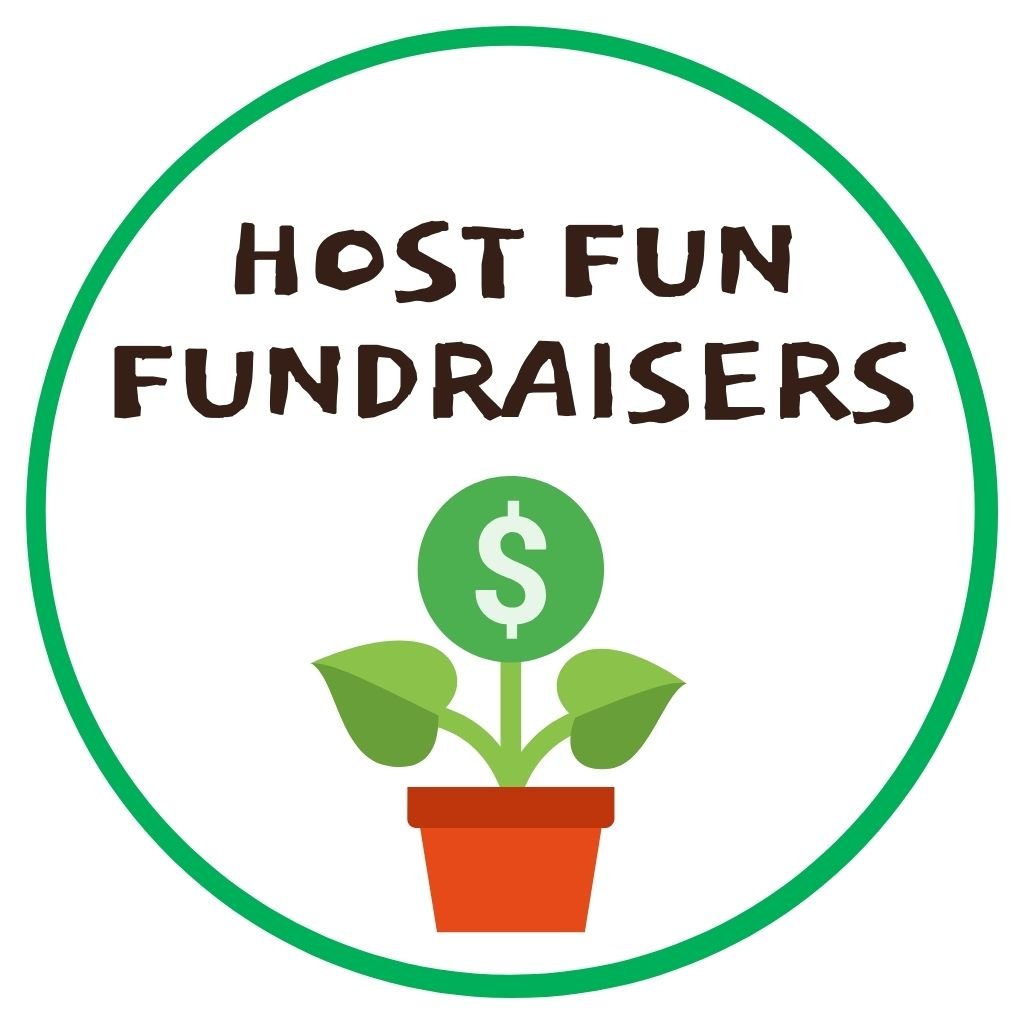The Messy Middle
Helping Children Understand Process Over Product
By: Courtney Juvland, early childhood family educator
Imagine for a moment that you are working on a project in your home. It might be a closet clean-out, a kitchen cabinet deep-clean, converting a bedroom to a home office–you get the picture. See in your mind’s eye what it might look like a couple of hours into the endeavor. What surrounds you? What does it feel like to be there?
In many ways, lately I feel like I’m standing in the middle of a room that has begun a reorganization process. I’m at the part where I’ve pulled all the clothes out of the closet and am discerning what stays and what goes, feeling overwhelmed and wishing I’d never started in the first place, because now I don’t have a place to sit down or momentarily escape the chaos.
This place is sometimes referred to as the messy middle, and for many people it is a place of high emotions. Brene Brown describes it in a podcast episode as “that middle space [in] your own process when we’re in the dark, the doors close behind us, we’re too far in to turn around and not close enough to the end to see the light.” It is unsettling and vulnerable for some people. For others, it is energizing, inspiring. For anyone, the messy middle necessary for creativity and innovation.
We might apply this “messy middle” idea to much of life–switching careers, engaging in social change, even parenting/family life itself. Most of our lives happen in this space, when you stop to think about it–we haven’t yet “arrived” at the metaphorical place of organization and tranquility, but are constantly evolving our processes to be responsive to needs.
How might we help our children understand the messy middle–its necessity, its tension, its gift–in a developmentally-appropriate way?
PROCESS ART
When it comes to art in early childhood (any time between birth and age eight), there is more to value in the PROCESS of art (ie: mixing every color of paint and dumping sparkles into a brown, glittery abstract mess) than in the PRODUCT (uniform, cute, crafty refrigerator art). Why? The developmental gains of process art are enhanced sensory experiences, increased creativity, and confidence-boosting self-expression. “They delight in the process of exploring art materials and other sensory activities even though they are typically unconcerned with the end result,” writes Julia Luckenbill for the National Association for the Education of Young Children (NAEYC).
Try these kindness-infused art projects to practice:
PROCESS STEM
Science, technology, engineering, and math (STEM) is a field born from the creativity and innovation of the “messy middle”. Imagine providing materials and opportunities for children to explore through experimentation rather than following prescribed directions. Blocks or other open-ended building toys can be used in a variety of ways. Water, sand, oobleck, and other sensory-based materials can be explored with a variety of funnels, containers, scoops, and other tools to learn physics, chemistry, cause and effect in a safe and fun hands-on way. If they show interest in experimenting, we can ask them to predict, try, and reflect on what they see. Mistakes are embraced in process STEM, and they provide a chance to try again. Here are some fun, easy, everyday process STEM ideas from the National Association for the Education of Young Children, if you want to explore more.
Help kids experiment while doing good for their community using these projects that involve elements of STEM:
PROCESS PLAY
Trial and error are key in all aspects of process play. Adults support this when they allow children to set the pace and problem-solve through play. “Providing ample time for unstructured and open-ended activities allows children to explore and develop at their own pace…making mistakes helps [them] to learn to come up with alternate solutions, to develop patience and focus as [they] attempts to solve the problem, and to reach out to peers or [adults] for help if [needed],” writes Teresa Parlan Gonsoski. Toys such as simple blocks, loose parts, and other no-or-low-cost items from around your home (see a great list from NAEYC here!) are all the tools they need to engage their messy-middle brains.
Foster big-hearted, open-ended play using these projects:
Children are often naturally attuned to just experiencing the project, without needing to see it through to a neat-and-tidy conclusion. This is at the very heart of process play. We can give them access to a variety of sticky, gooey, fluffy, bumpy, and other textural materials and let them explore. Say YES! to a lot of open-ended materials and see the cognitive, fine-motor, and social-emotional benefits unfold. There is so much to learn about the “messy middle” from making their own decisions…and mistakes…along the way.
If you like our free stuff, you’ll love our membership program!
Join today and we’ll help you keep kindness on your family calendar all year long, now with access to DGT’s popular member’s only e-books.
Browse our Pick-a-Project collection!
Disclaimer: Doing Good Together™ is a participant in the Amazon Services LLC Associates Program, an affiliate advertising program designed to provide a means for sites to earn advertising fees by advertising and linking to Amazon.com.
The recommendations we offer are based solely on our mission to empower parents to raise children who care and contribute.



























